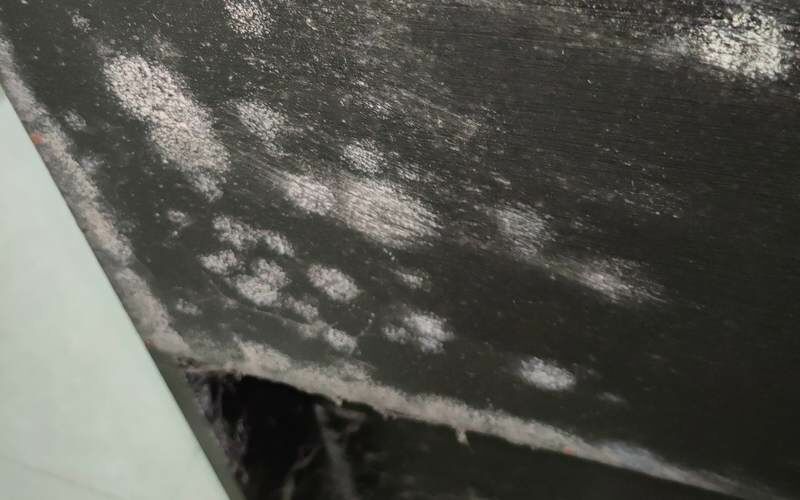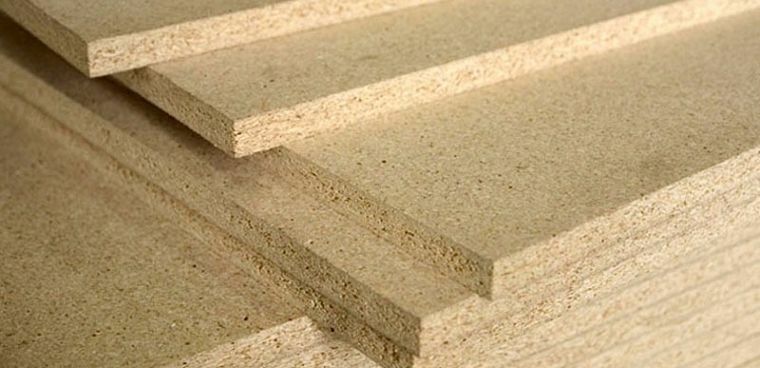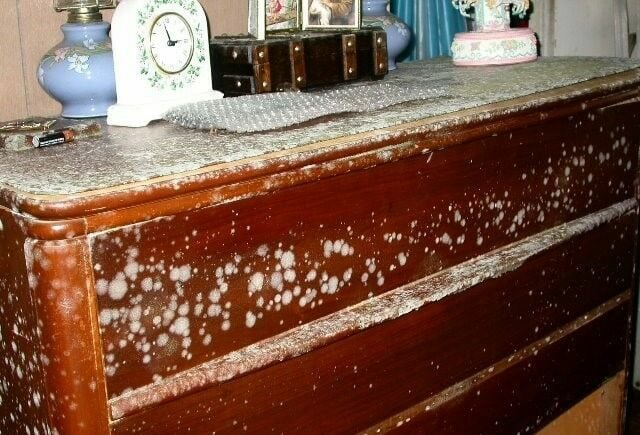How to combat mould in humid climates like Thailand

The most humid parts of the world include Thailand and all of South and Southeast Asia. For those who live or travel to these countries, combatting mould becomes a mainstay task of tropical living, especially during the rainy season. According to Dr Cameron Jones, a mould problem occurs when water vapour from the humid air can condense onto surfaces, providing a water source for mould to grow. As having mould in one’s home can be detrimental to your health, it is important to address any mould issues immediately.
But, you need not worry as there are measures that can be adopted to stop mould growth such as moisture, temperature and nutrient control. Reducing moisture can minimise the use of such water vapour by the fungal spore for germination and sustain the mycelial network once it starts to grow.
The US Environmental Protection Agency recommends homes have a relative humidity of 30 to 60%. To achieve this humidity level, you can use moisture-absorbing beads, a dehumidifier, or turn your aircon to dry mode. Of course, there are other ways to dehumidify a home, but these are the most commonly used.
Nutrient control means trying to maintain a dust-free indoor living environment. Examining your furniture to see if it is porous (like particle board), can help diagnose where the mould could possibly grow. In Thailand and other humid climates, it is recommended to use furniture that is not porous as many will find that their porous furniture can harbour mould.

Temperature regulation is important when trying to combat mould in a home. As most fungi have optimal temperatures between 25 to 30°C, leaving your home warm without air flowing through can affect the rate at which mould grows. Using an aircon is recommended to keep your home’s indoor temperature to 20°C. However, such advice can cause another issue to become out of control: your electricity bill.
Recommended steps to reduce indoor mould
- Turn on your aircon for a set amount of time at 20°C and use it as much as possible throughout the day.
- Use the “dry” setting on your aircon or dehumidifier setting.
- Clean regularly
- Replace porous furniture
- Use heat-reflective or nanoparticle wall paint
- Open doors if possible to allow fresh air inside

How to treat mould on furniture
To treat mould on porous furniture, it is best to spot-test an area before trying any chemicals on the entire piece of furniture. A combination of white vinegar and water has been said to be effective against mould. Another combination that is widely used to get rid of mould on furniture is water and bleach. Although there are specific products that you can find that are formulated to combat furniture mould, bleach and white vinegar are cheap and be effective against mould.
Latest Thailand News
Follow The Thaiger on Google News:


























